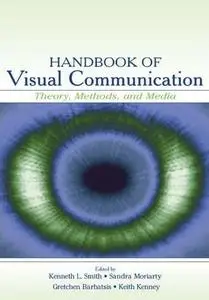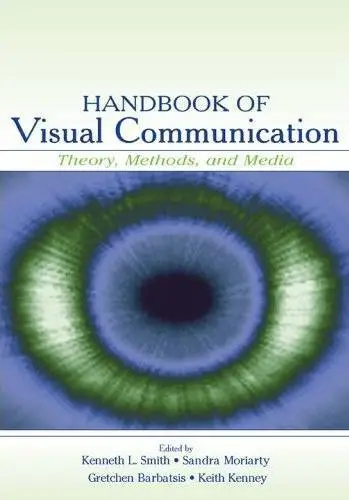Handbook of Visual Communication: Theory, Methods, and Media
edited by Kenneth L. Smith, Sandra Moriarty, Gretchen Barbatsis, Keith Kenney
Lawrence Erlbaum Associates | ISBN 0-8058-4179-2 | 2005 | PDF | 624 pages | 40.93 MB
edited by Kenneth L. Smith, Sandra Moriarty, Gretchen Barbatsis, Keith Kenney
Lawrence Erlbaum Associates | ISBN 0-8058-4179-2 | 2005 | PDF | 624 pages | 40.93 MB
This Handbook of Visual Communication explores the key theoretical areas in visual communication, and presents the research methods utilized in exploring how people see and how visual communication occurs. With chapters contributed by many of the best-known and respected scholars in visual communication, this volume brings together significant and influential work in the visual communication discipline.
The theory chapters included here define the twelve major theories in visual communication scholarship: aesthetics, perception, representation, visual rhetoric, cognition, semiotics, reception theory, narrative, media aesthetics, ethics, visual literacy, and cultural studies. Each of these theory chapters is followed by exemplar studies in the area, demonstrating the various methods used in visual communication research as well as the research approaches applicable for specific media types.
The Handbook serves as an invaluable reference for visual communication theory as well as a useful resource book of research methods in the discipline. It defines the current state of theory and research in visual communication, and serves as a foundation for future scholarship and study. As such, it is required reading for scholars, researchers, and advanced students in visual communication, and it will be influential in other disciplines in which the visual component is key, including advertising, persuasion, and media studies. The volume will also be useful to practitioners seeking to understand the visual aspects of their media and the visual processes used by their audiences.
Download:
http://rapidshare.de/files/37447478/HandbookVisualCommunication.rar
Password: www.AvaxHome.ru
http://rapidshare.de/files/37447478/HandbookVisualCommunication.rar
Password: www.AvaxHome.ru



